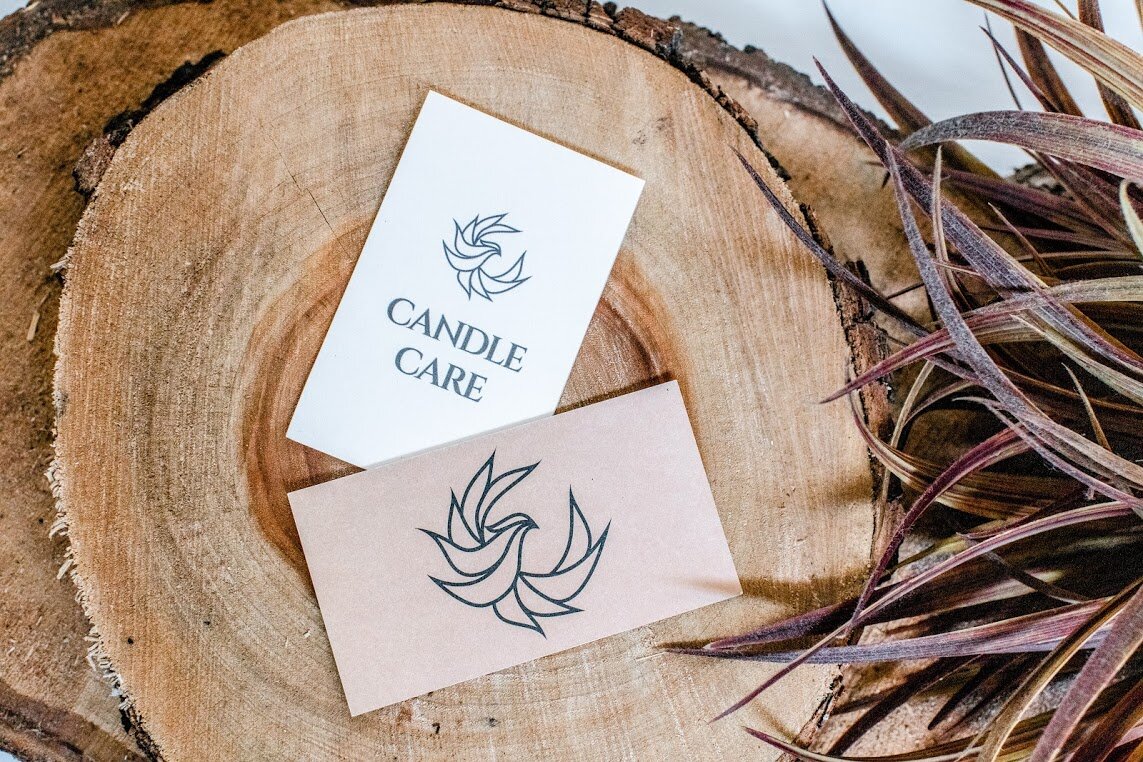

Burning a candle isn't rocket science, but it does take a little TLC that a lot of people aren’t aware of. We've put together some tips and tricks below to ensure you get the most out of your candle, and to stay safe whilst you're at it.
THE FIRST BURN IS THE MOST IMPORTANT
Think of the first burn like you would a first date. Like your date, first impressions count for candles. If all goes well, then you will go on to have a long and happy relationship. You want to make sure you do it right, and you definitely don’t want to cut it too short.
The first time you light your candle, burn for long enough to create a full melt pool, this is when the wax is melted all the way to the edge (or at least close to it). This will mean all future burns will be nice and even. Otherwise, your candle may tunnel down the middle around the wick as it will have created a ‘memory ring’.
GROOM TO STOP THE SHROOM
Candles containing soy wax have a higher chance of a wick 'mushrooming'. This is a build-up of black carbon which occurs at the top of the wick, in a mushroom like shape. This is absolutely normal, but to keep a steady flame and to prevent the ends from falling into the wax, trim your wick to 5mm every time before lighting. Failure to do so may also result in overheating and a cracked jar.
Don't play with fire and make sure the flame is extinguished and the wax has cooled before trimming your wick.
Be careful not to cut your wick too short as this will cause the flame to drown and burn itself out.
If possible, extinguish your candle with a snuffer. If you do not have one, lightly blow your candle out and wait for the smoke to dissipate before putting your lid back on. Wax can absorb smoke and affect the scent throw of your candle.
We have created our candles to burn in the safest way. Soy wax can burn a little slower (yay longer lasting candles) than others so you may find there is a slight build-up of wax on the edges of your jar. No need to worry! Each time you burn your candle, the flame gets lower and the heat increases in your jar, allowing any excess wax to melt down. Alternatively, you can use a cotton tip, toothpick, or a metal candle scraper to push the excess wax down. Simply wipe the black that may occur inside the jar, if any, with a damp cloth.
If the candle is creating an uneven burn, you may adjust the wick back to the centre of the container or to the side that needs more heat. This is best done after the flame has been extinguished, but the wax is still warm.
KEEP IT COMPANY
Never leave your burning candle unattended and don’t let it burn for more than 4 hours at a time. Once the wax reaches the halfway point, reduce your burn time to 2-hour sessions to prevent the jars from overheating. Watch out for the surface too, as the bottom of the jar can get quite hot once the candle burns down, so make sure it’s on something heat resistant, (we like to use the lid for this).
Always keep your candle away from pets (like the little monkey you can see in the background!) and children, as well as any drafts and make sure it is on a level stable surface.
KNOW WHEN TO SAY GOODBYE
There comes a time in a candle’s life when it's time to say farewell. For your safety, stop burning your candle when the wax is around 1-1.5cm from the bottom of the jar.
But don't worry the end is just the beginning with Feather & Flame candles. It's now time to take out your ‘from the ashes’ kit and get ready to recycle your glass jar into a home for your new seedlings.
Soy wax is biodegradable, so simply wash out with hot soapy water, wipe out the remaining wax and repurpose your beautiful amber glassware. Or place in the freezer for 20 minutes, the wax will pop out. Please dispose wax in the bin, not down the drain.
To remove the label, pour a small amount of turps onto a piece of white roll, and rub it over the label. Leave it for several minutes for the turps to soak in, then come back and repeat the process. Get something flat and not sharp (like the wooden stick you get inside an ice cream), and gently remove the label. This should easily peel off, and if it doesn't just repeat the above step and leave for a little longer. Be very gentle at this stage and take your time if it's not peeling off right away, as the outside of the jars are painted and you do not want to scratch the paint off. Do not use something metal like a knife.



